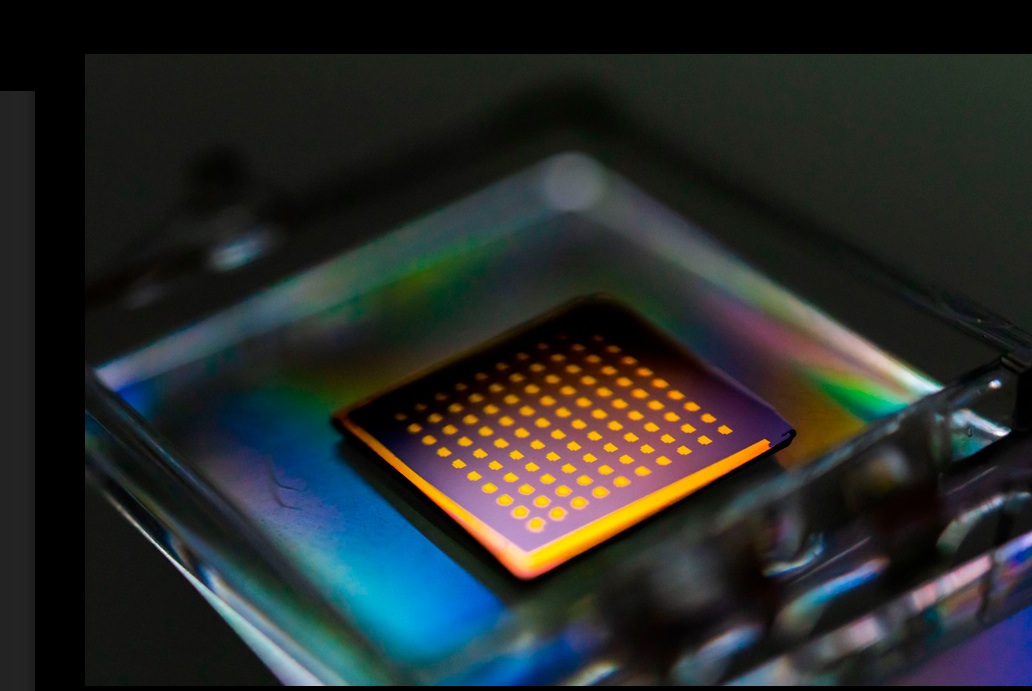MIT team develops quick way to harvest 2D materials

Since the 2003 discovery of graphene, there has been significant interest in other types of 2D materials including compound semiconductors hexagonal BN, WS2, and MoS2.
These materials could be stacked together like Lego bricks to form a range of devices with different functions, including operating as semiconductors. In this way, they could be used to create ultra-thin, flexible, transparent and wearable electronic devices.
However, separating a bulk crystal material into 2D flakes for use in electronics has proven difficult to do on a commercial scale.
The existing process, in which individual flakes are split off from the bulk crystals by repeatedly stamping the crystals onto an adhesive tape, is unreliable and time-consuming, requiring many hours to harvest enough material and form a device.
Now researchers in the Department of Mechanical Engineering at MIT have developed a technique to harvest 2-inch diameter wafers of 2D material including hexagonal BN, WS2, and MoS2, within just a few minutes. They can then be stacked together to form an electronic device within an hour.
The technique, which they describe in a paper published in the journal Science, could open up the possibility of commercialising electronic devices based on a variety of 2D materials, according to Jeehwan Kim, an associate professor in the Department of Mechanical Engineering, who led the research, which included collaborators at Georgia Tech, the University of Texas, Yonsei University in South Korea, and the University of Virginia.
"We have shown that we can do monolayer-by-monolayer isolation of 2D materials at the wafer scale," Kim says. "Secondly, we have demonstrated a way to easily stack up these wafer-scale monolayers of 2D material."
The researchers first grew a thick stack of 2D material on top of a sapphire wafer. They then applied a 600-nanometer-thick nickel film to the top of the stack. Since 2D materials adhere much more strongly to nickel than to sapphire, lifting off this film allowed the researchers to separate the entire stack from the wafer. What's more, the adhesion between the nickel and the individual layers of 2D material is also greater than that between each of the layers themselves.
As a result, when a second nickel film was then added to the bottom of the stack, the researchers were able to peel off individual, single-atom thick monolayers of 2D material. That is because peeling off the first nickel film generates cracks in the material that propagate right through to the bottom of the stack, Kim says. Once the first monolayer collected by the nickel film has been transferred to a substrate, the process can be repeated for each layer.
"We use very simple mechanics, and by using this controlled crack propagation concept we are able to isolate monolayer 2D material at the wafer scale," he says.
In this way it can be used to produce different types of monolayer 2D materials, such as semiconductors, metals, and insulators, which can then be stacked together to form the 2D heterostructures needed for an electronic device.
"If you fabricate electronic and photonic devices using 2D materials, the devices will be just a few monolayers thick," Kim says. "They will be extremely flexible, and can be stamped on to anything," he says. The process is fast and low-cost, making it suitable for commercial operations, he adds.
The researchers have also demonstrated the technique by successfully fabricating arrays of field-effect transistors at the wafer scale, with a thickness of just a few atoms.
"The work has a lot of potential to bring 2D materials and their heterostructures towards real-world applications," says Philip Kim, a professor of physics at Harvard University, who was not involved in the research.
The researchers are now planning to apply the technique to develop a range of electronic devices, including a nonvolatile memory array and flexible devices that can be worn on the skin.
They are also interested in applying the technique to develop devices for use in the "internet of things," Kim says.
"All you need to do is grow these thick 2D materials, then isolate them in monolayers and stack them up. So it is extremely cheap - much cheaper than the existing semiconductor process. This means it will bring laboratory-level 2D materials into manufacturing for commercialisation," Kim says.
"That makes it perfect for IoT networks, because if you were to use conventional semiconductors for the sensing systems it would be expensive."


































